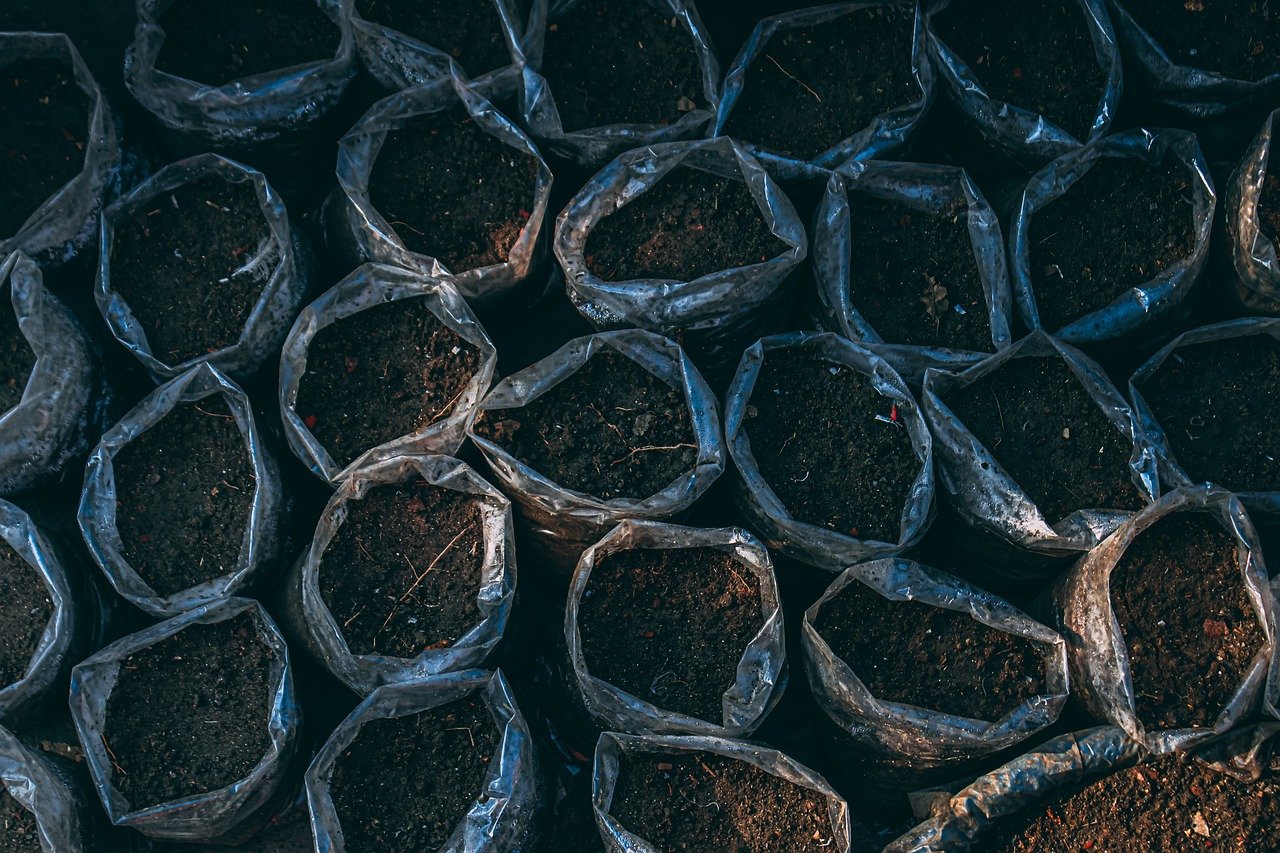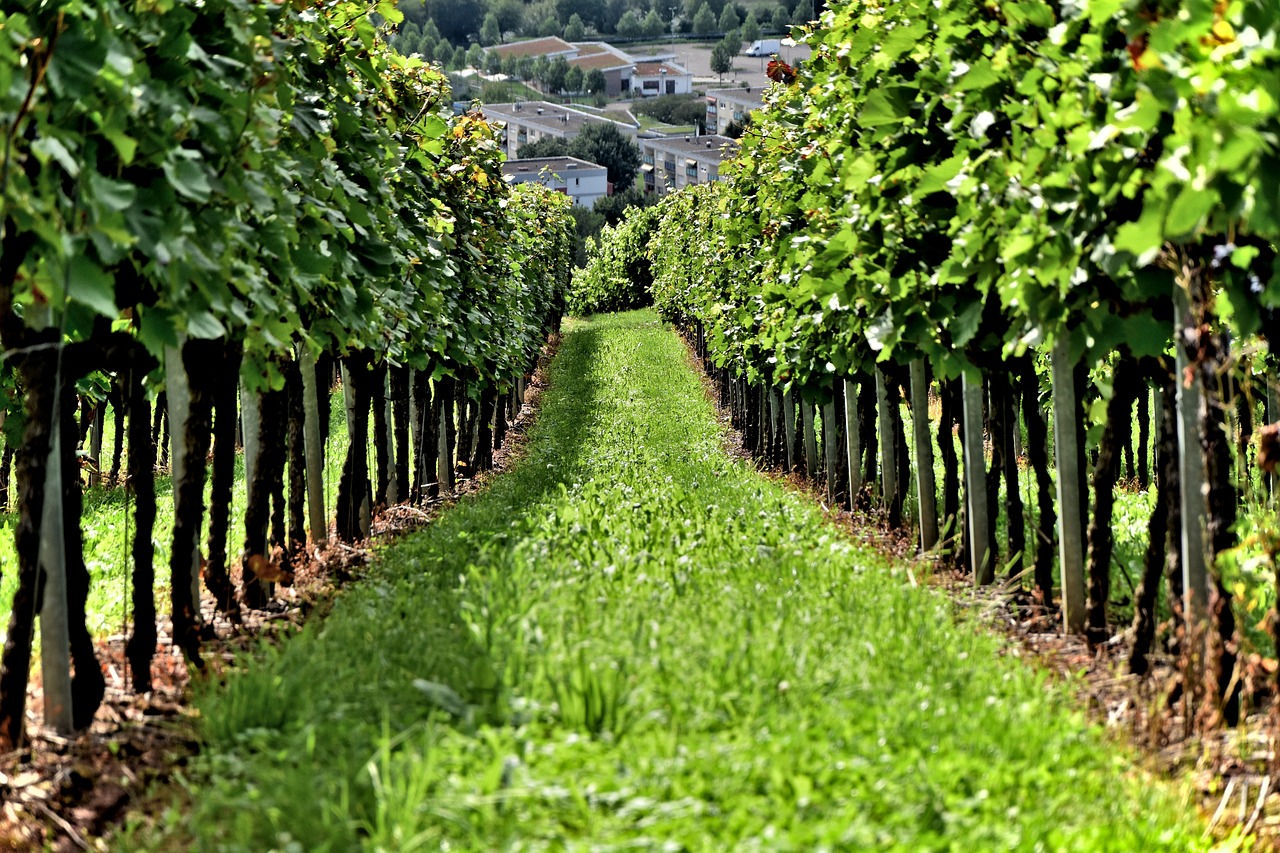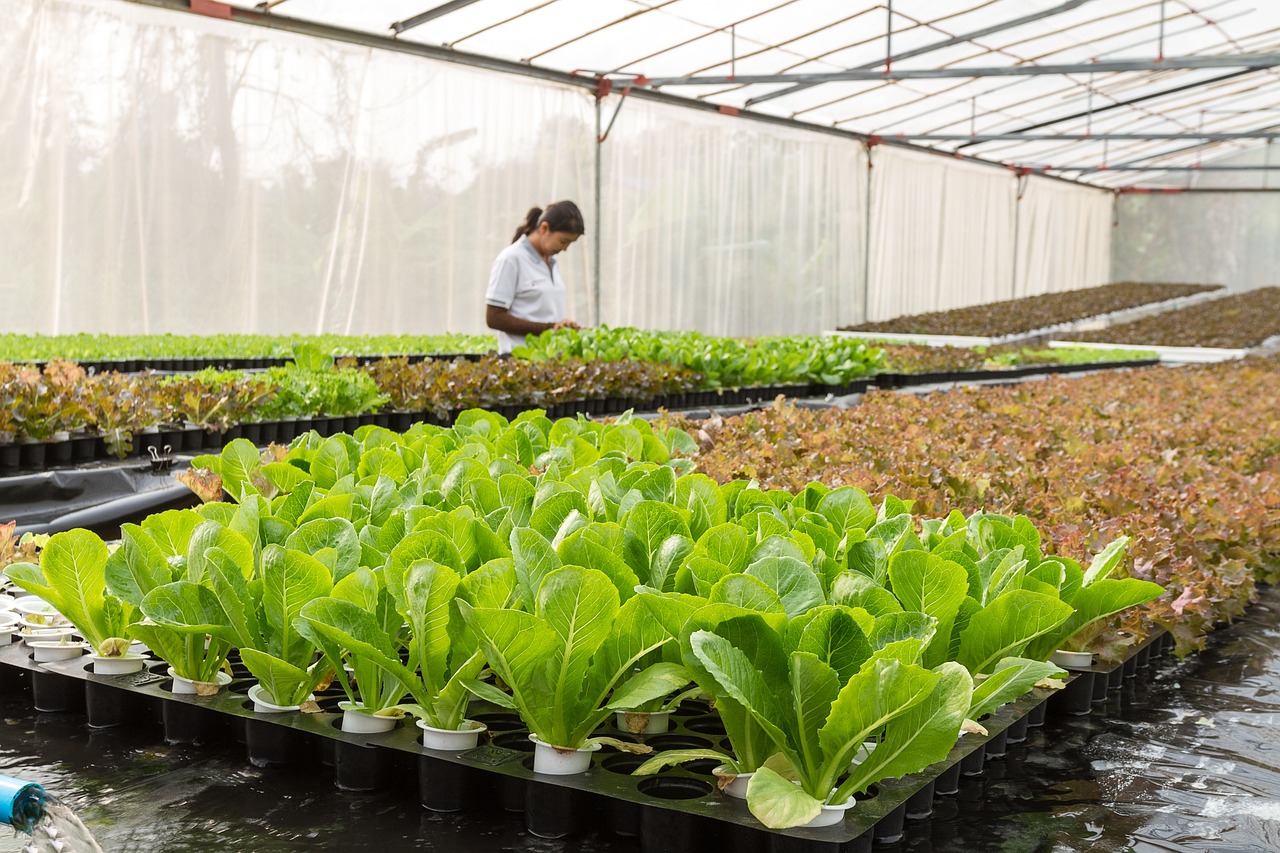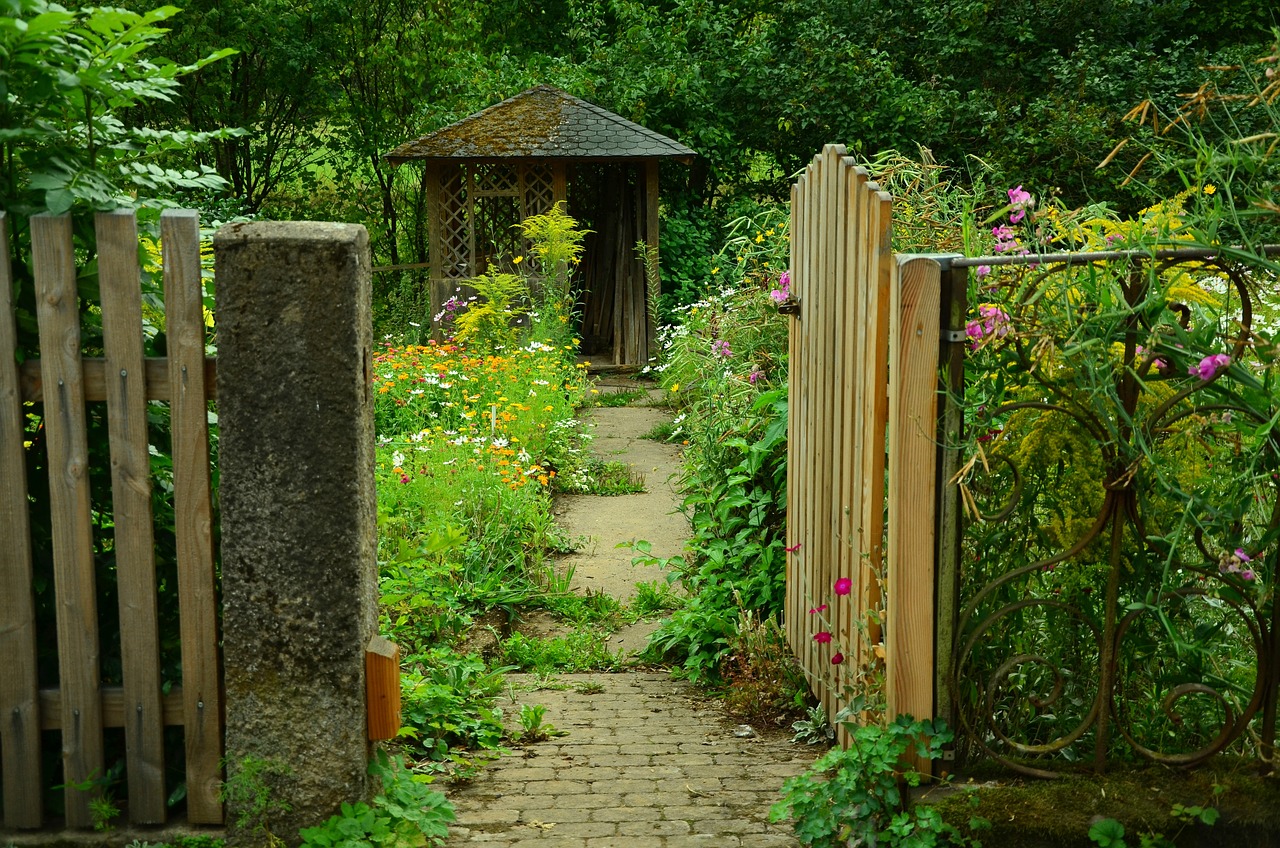Are you tired of constantly tilling your garden beds every season? Do you want to improve the health of your soil without disturbing its delicate structure? Look no further than no-till gardening!
This method of gardening involves leaving the soil undisturbed and relying on natural processes to improve its health. And the benefits are numerous!
By practicing no-till gardening, you can preserve the structure of your soil, which is essential for healthy plant growth. Tilling can disrupt the soil’s natural layers and cause compaction, making it harder for plant roots to penetrate and access nutrients.
No-till gardening allows for the development of a healthy soil structure, with a balance of pore spaces and solid particles, creating an ideal environment for roots to grow and thrive. So ditch the tiller and embrace no-till gardening for a healthier soil and a more bountiful harvest!
Preserving Soil Structure
No-till gardening helps keep soil structure intact, so your garden can thrive without the need for tilling. By avoiding tilling, you can reduce erosion and minimize compaction. Tilling can break up soil aggregates, making it easier for wind and water to carry soil away. Additionally, tilling can compact soil, which reduces the amount of air and water that can penetrate the soil.
No-till gardening avoids these issues altogether, providing a healthier environment for your plants. Another benefit of no-till gardening is that it promotes the growth of beneficial organisms in the soil. When you till, you disrupt the natural ecosystem that exists in the soil. This can lead to a decrease in the number of beneficial microorganisms that help break down organic matter and make nutrients available to your plants.
By avoiding tilling, you allow these organisms to thrive, which can lead to healthier soil and better plant growth. So, if you want to preserve the structure of your soil and promote a healthy ecosystem, no-till gardening is the way to go.
Improving Water Infiltration and Retention
You’ll be amazed at how much more water your soil can hold and how quickly it can absorb it when you adopt no-till gardening. By leaving the soil undisturbed, it creates a more porous surface that allows rainwater to infiltrate more easily. This means less runoff and erosion prevention, as well as less water waste.
Rainwater harvesting is also a benefit of no-till gardening. With improved water infiltration and retention, there is an opportunity to collect and store rainwater for use during drier periods. This not only helps conserve water, but it also reduces the strain on municipal water systems.
No-till gardening is a great way to improve the health of your soil and make the most of your water resources.
Enhancing Nutrient Uptake by Plants
By enhancing nutrient uptake, plants can grow stronger and produce healthier fruits and vegetables. No-till gardening plays an essential role in enhancing soil fertility, which consequently results in improved nutrient uptake by plants.
The absence of tilling helps to preserve the soil’s natural structure, which allows for better water and air movement. This, in turn, promotes the growth of beneficial microorganisms that break down organic matter and release nutrients into the soil, making them readily available to plants.
The enhanced nutrient uptake by plants translates to increased crop yield, which is a significant benefit of no-till gardening. When plants can access the nutrients they need, they are better equipped to fight off diseases and pests and withstand environmental stresses such as drought.
The result is healthier plants that produce more abundant and nutritious fruits and vegetables. Overall, no-till gardening is a sustainable and effective way to enhance soil fertility and promote better nutrient uptake, leading to healthier plants and higher crop yields.
Increasing Organic Matter in the Soil
Adding organic matter to your soil can dramatically improve the quality and abundance of your crops, leaving you with a bountiful harvest to enjoy. One of the best ways to increase organic matter in your soil is by composting. Composting benefits your soil in many ways, including encouraging the growth of beneficial microorganisms and increasing soil structure, which helps with water retention and aeration.
Another benefit of increasing organic matter in your soil is carbon sequestration. Organic matter contains carbon, and by increasing the amount of organic matter in your soil, you’re effectively storing more carbon in the ground. This helps to reduce the amount of carbon in the atmosphere, which in turn helps to mitigate the effects of climate change.
So, not only does adding organic matter to your soil benefit your crops, but it also has a positive impact on the environment.
Promoting Biodiversity in the Garden
Want to attract a variety of beneficial insects and wildlife to your garden? Try incorporating a diverse range of plants and flowers that bloom throughout the season.
Companion planting is a great way to promote biodiversity in your garden. By planting flowers and herbs alongside your vegetables, you can attract pollinators like bees and butterflies, and repel pests like aphids and spider mites. For example, marigolds are known to deter nematodes and attract ladybugs, which eat aphids.
It’s important to choose plants that are native to your area, as they’re better adapted to the local climate and soil conditions.
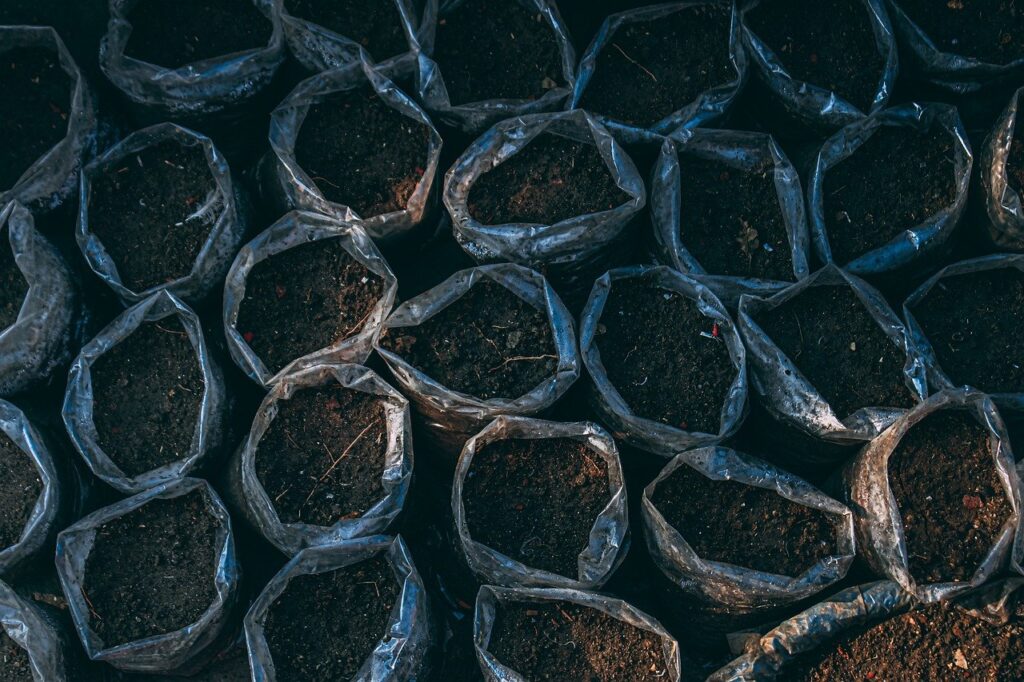
You can also experiment with different colors and textures to create a visually appealing garden. By promoting biodiversity, you’re not only creating a beautiful and healthy garden, but also helping to sustain the environment by providing habitat and food for a variety of wildlife.
Frequently Asked Questions
How does no-till gardening compare to traditional tilling in terms of weed control?
Looking to control weeds? No-till gardening has advantages over traditional tilling. It reduces weed growth by disturbing the soil less, allowing plants to compete with weeds more effectively. Try it out!
Can no-till gardening be used in all types of soil?
You may want to consider the type of soil before deciding to use no-till gardening. Suitable soils include sandy loam and loam, while clay soils may pose limitations and challenges due to poor drainage and compaction.
Does no-till gardening require more or less maintenance than traditional gardening methods?
No-till gardening requires less labor than traditional methods and promotes better soil structure. By leaving the soil undisturbed, it allows beneficial organisms to thrive and create a healthier environment for plants to grow.
Are there any downsides or challenges to implementing no-till gardening practices?
When using a no-till gardening approach, potential drawbacks include the need for proper soil preparation and the possibility of increased weed growth. However, with proper planning and management, these challenges can be overcome.
How long does it typically take to see the benefits of no-till gardening in soil health?
You’ll start noticing improvements in soil health within a few months of switching to no-till gardening. By avoiding soil disturbance, you’ll promote better microbial activity, nutrient retention, and water infiltration, leading to healthier and more productive plants.
Conclusion
So, you’ve learned about the benefits of no-till gardening for soil health. By avoiding the use of tillage, you can preserve the structure of your soil and prevent erosion. This also improves water infiltration and retention, allowing your plants to grow strong and healthy.
Plus, by increasing organic matter in the soil and promoting biodiversity in your garden, you can enhance nutrient uptake and create a thriving ecosystem.
No-till gardening may require a bit more planning and effort upfront, but the long-term benefits are worth it. By prioritizing soil health, you can enjoy a more abundant and sustainable garden for years to come. So, why not give it a try? Your plants (and the environment) will thank you.






